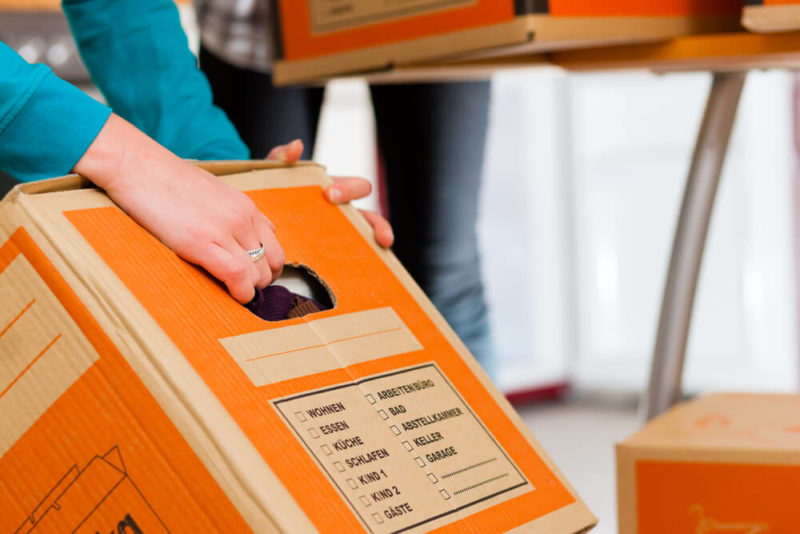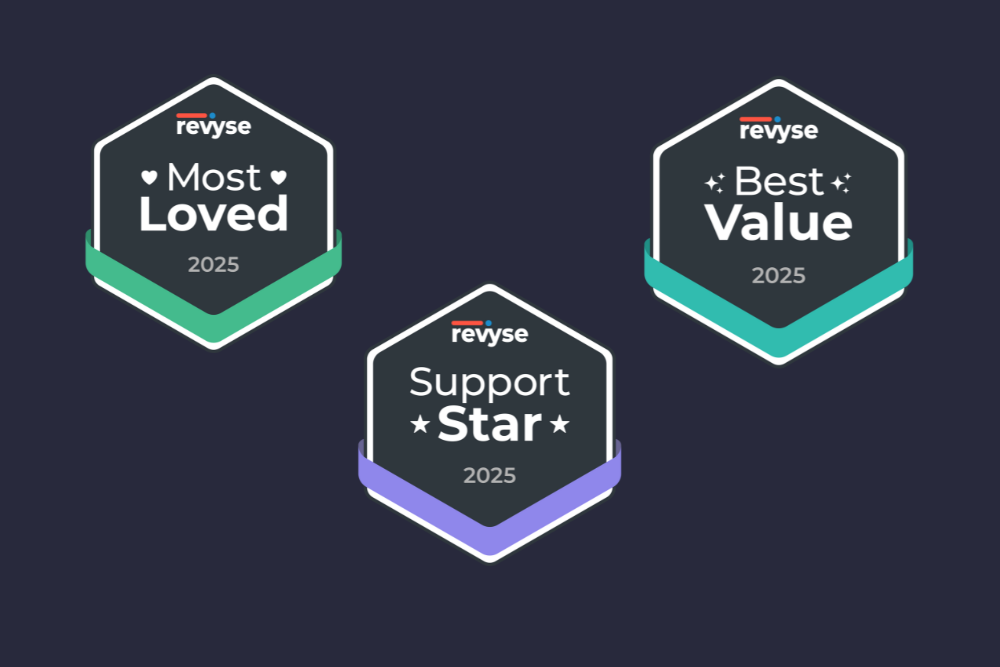The ‘Uber-fication’ of the Moving Industry

In the past few years, “uber-fication” has reshaped industries across the country, transforming them from paper-and-pencil operations to industries that are dominated by convenience technology and on-demand service delivery. “Uber-fication” first transformed the grocery delivery and home cleaning services industries, and the car service and taxi industries soon followed. Next on deck for 2016? The moving industry.
In 2015, we saw the growth of a new cohort of hyper-localized, next-generation niche moving companies that connect consumers with moving services with the tap of a button. More than ever, we’ve seen how they now command a larger slice of the moving pie, facilitating anything from furniture delivery to storage logistics. For example, Bellhops (with locations including Washington, DC, Atlanta, Raleigh, Charlotte, Dallas, and Chicago) the company that partners with college students to provide on-demand moving services, now operates in over 80 cities across the country. Dolly, a moving app that facilitates micro-moves, has raised $8M in Series A funding this year. Shockingly, according to recent reports, it’s estimated that venture capitalists have funneled approximately $18M into these companies within the last two years alone.
Niche vs. end-to-end moving services
As we’ve seen in 2015, these companies are transforming the way that consumers move. They’re segmenting the traditional, full-service move into several stages. Smaller companies now specialize in providing niche moving services, rather than offering an end-to-end moving experience like traditional movers. For example, truck-on-demand companies like Buddytruck target small-scale moves, connecting consumers with truck owners that apply to be movers. Another larger player, Simple Moving Labor, specializes in loading and unloading rental trucks or storage units, while King of Storage, SpareFoot, connects movers with self-storage units in their area.
As these companies gain more traction, they’re transforming the competitive landscape for traditional, full-service moving companies across the country. Moving companies fear that they won’t be able to keep pace with the technology and the demand for these services, particularly in urban markets. So, what can a moving company take away from these trends as we look ahead to 2016?
Agile companies will make it out alive
In 2016, agile companies that can adapt quickly to new industry trends will thrive. For many moving companies, this will mean extending their operations into new verticals and yes, partnering with the new players.
As the industry continues to innovate, we can only expect that there will be more opportunity to “partner up.” Whether we like it or not, our industry’s changing, and moving companies must continue to diversify their operations as much as possible. Don’t miss an incredible opportunity to work alongside the top innovators in the space!

Automation matters more than ever
The growth of on-demand moving services tells us one simple fact – incorporating technology into your core business operations matters. Consumers are hungry for digital experiences, and finally there’s a way to help out. As we head into 2016, moving companies across the country are abandoning old tools and trading them in for new technology solutions to streamline their operations.
For example, several moving companies work with core software providers, like MoveHQ, to help them automate time-consuming processes. Core software for moving companies help moving companies offer Updater to their customers, streamline customer reporting, ease drivers’ lives, track warehouse items, and so much more.

First impressions matter
The rise of niche moving services also tells us that the new players have placed a premium on delivering superior customer service.
In 2016, moving companies will need to raise the bar on their customer service delivery in order to remain competitive. In fact, moving companies that are ahead of the game have already started to partner with companies that specifically focus on offering a superior customer experience. For example, several moving companies partner with Move for Hunger, a nonprofit that seamlessly picks up unwanted food from customers on moving day. Close to home, several moving companies also use Updater to help their customers check off dreaded moving-related tasks like connecting utilities and updating all accounts and records.
As we look ahead to 2016, the stakes are high. Like all the “uber-ized” industries before us, our industry will continue to face a “race to disrupt” next year. Moving companies will need to innovate, automate, and rely heavily on technology solutions simply to meet their customers’ expectations. So dip your feet or jump right in – either way, now’s the time!
More Industry Insights

Five leadership lessons multifamily can steal from sales (courtesy of Kevin Ducey’s conversation with Tony Sousa)
15 December 2025

What great sales leadership can teach multifamily about resident satisfaction
15 December 2025












